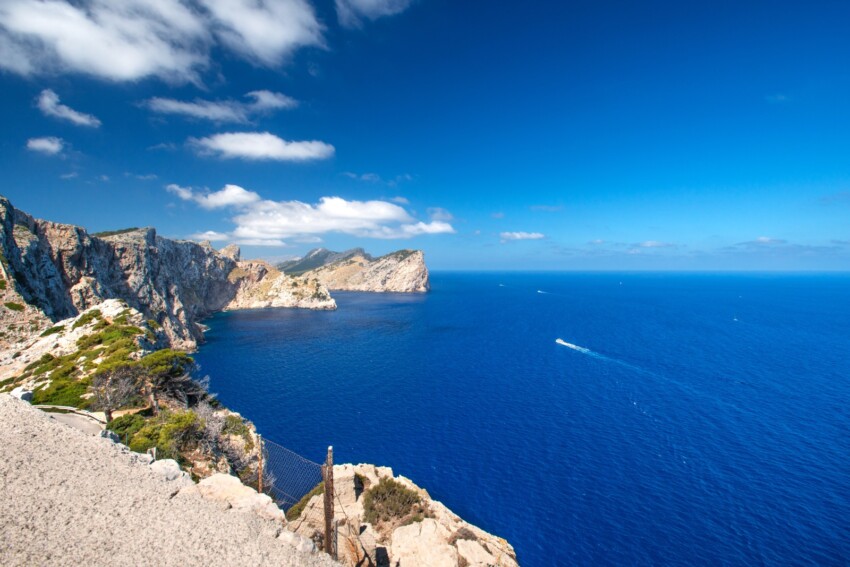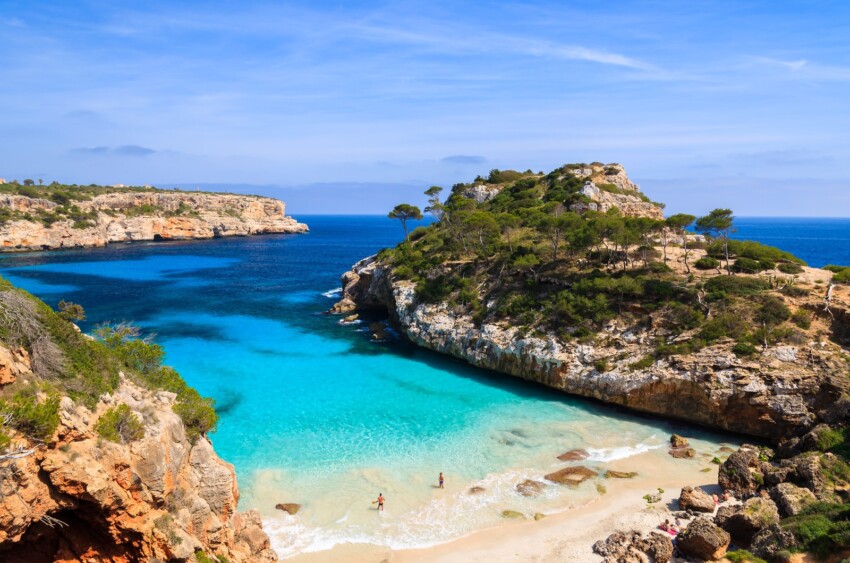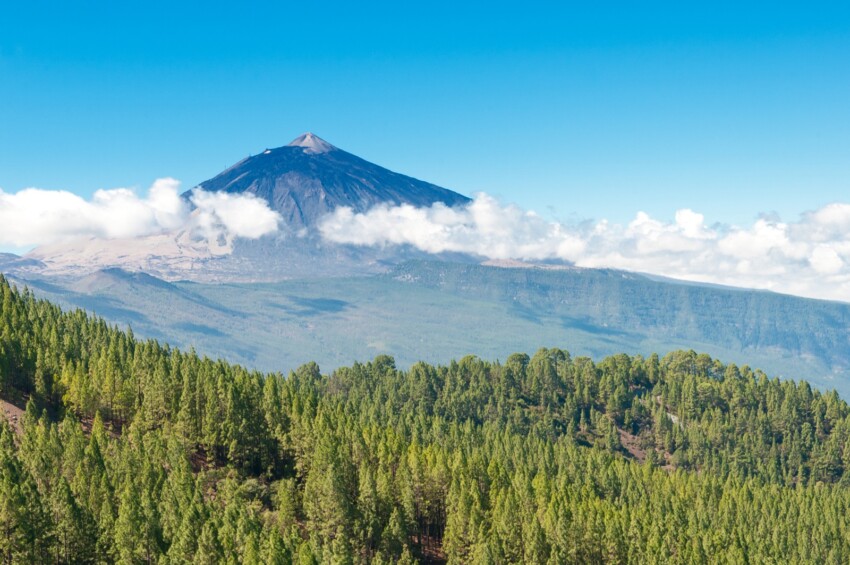

Spain, with its millennial cultural heritage, varied nature and extraordinarily favourable climate, is home to some of the most fascinating islands in the world. These lands are spread over two main archipelagos: the Balearic Islands, lying in the heart of the Mediterranean Sea, and the Canary Islands, located in the Atlantic Ocean off the coast of Africa. Although these islands all belong politically to Spain, they are characterised by unique cultural and geographical identities, reflecting their history and strategic position in their respective seas.
Both archipelagos boast a unique mix of spectacular landscapes, exceptional biodiversity and deep-rooted traditions. The Balearics bring to mind golden beaches, hidden coves and a vibrant nightlife, while the Canaries evoke breathtaking volcanic landscapes, starry skies and a subtropical climate that attracts sun-seeking travellers all year round.
The Spanish islands are more than just tourist destinations: they are places where history is intertwined with nature, where local cultures have left an indelible mark in traditions, gastronomy and architecture. Each island has its own unique personality, and it is this diversity that makes exploring these lands an unforgettable experience.

The Balearics are a pearl of the Mediterranean, an archipelago that combines heavenly beaches, lush nature and charming towns. The main islands are Mallorca, Menorca, Ibiza and Formentera, each with a distinct character reflected in its landscapes, history and lifestyle.
Mallorca, the largest, is known for its variety of environments: from long, golden sandy beaches such as Playa de Muro, to the mountainous landscapes of the Sierra de Tramontana, protected by UNESCO. The capital, Palma, stands out for its majestic Gothic cathedral of La Seu and its lively streets full of cafés, boutiques and museums.
Menorca is a haven of peace and nature, with unspoilt beaches such as Cala Macarella and a rich archaeological heritage, including the mysterious talaiots. The towns of Ciutadella and Mahón offer a peaceful atmosphere and timeless charm.
Ibiza is famous for its nightlife, but also offers places of great natural and cultural beauty, such as the citadel of Dalt Vila, a UNESCO heritage site. Its beaches, such as Cala Comte, are surrounded by lush Mediterranean vegetation.
Formentera is the smallest and quietest of the Balearic Islands, renowned for its white beaches and turquoise waters. Playa de Ses Illetes is often considered one of the most beautiful beaches in Europe.

The Canary Islands, located off the coast of Morocco, are a group of islands of volcanic origin that offer spectacular landscapes and a mild climate all year round. The archipelago includes Tenerife, Gran Canaria, Lanzarote, Fuerteventura, La Palma, La Gomera and El Hierro, each with unique characteristics.
Tenerife is dominated by Teide, the highest volcano in Spain, surrounded by a World Heritage-listed national park. Black sand beaches and small towns such as La Laguna, rich in colonial history, are among the main attractions.
Gran Canaria offers an incredible variety of landscapes, from the dunes of Maspalomas to the forests of the north. Las Palmas, the capital, is a cultural and historical centre with a lively port and a charming old quarter, Vegueta.
Lanzarote is known for the Timanfaya National Park, a surreal landscape of volcanic craters. The works of local artist César Manrique blend harmoniously with nature, creating iconic places.
Fuerteventura boasts endless beaches and sand dunes, making it a favourite destination for lovers of the sea and water sports such as windsurfing. The Corralejo Natural Park is one of its best known attractions.
La Palma, nicknamed ‘La Isla Bonita’, is a paradise for hikers, with the Caldera de Taburiente National Park and clear skies ideal for stargazing.
La Gomera is famous for the Garajonay National Park, one of the last laurisilva forests in the world. The ‘silbo gomero’, a unique whistled language, is a distinctive element of its culture.
El Hierro, the most remote and smallest of the Canaries, is an example of sustainability, thanks to its commitment to renewable energy and its marine biodiversity that attracts divers from all over the world.